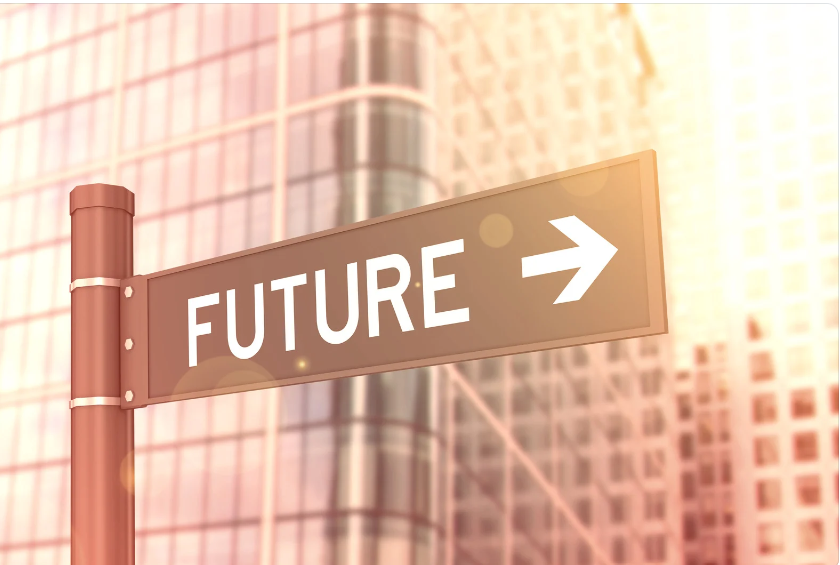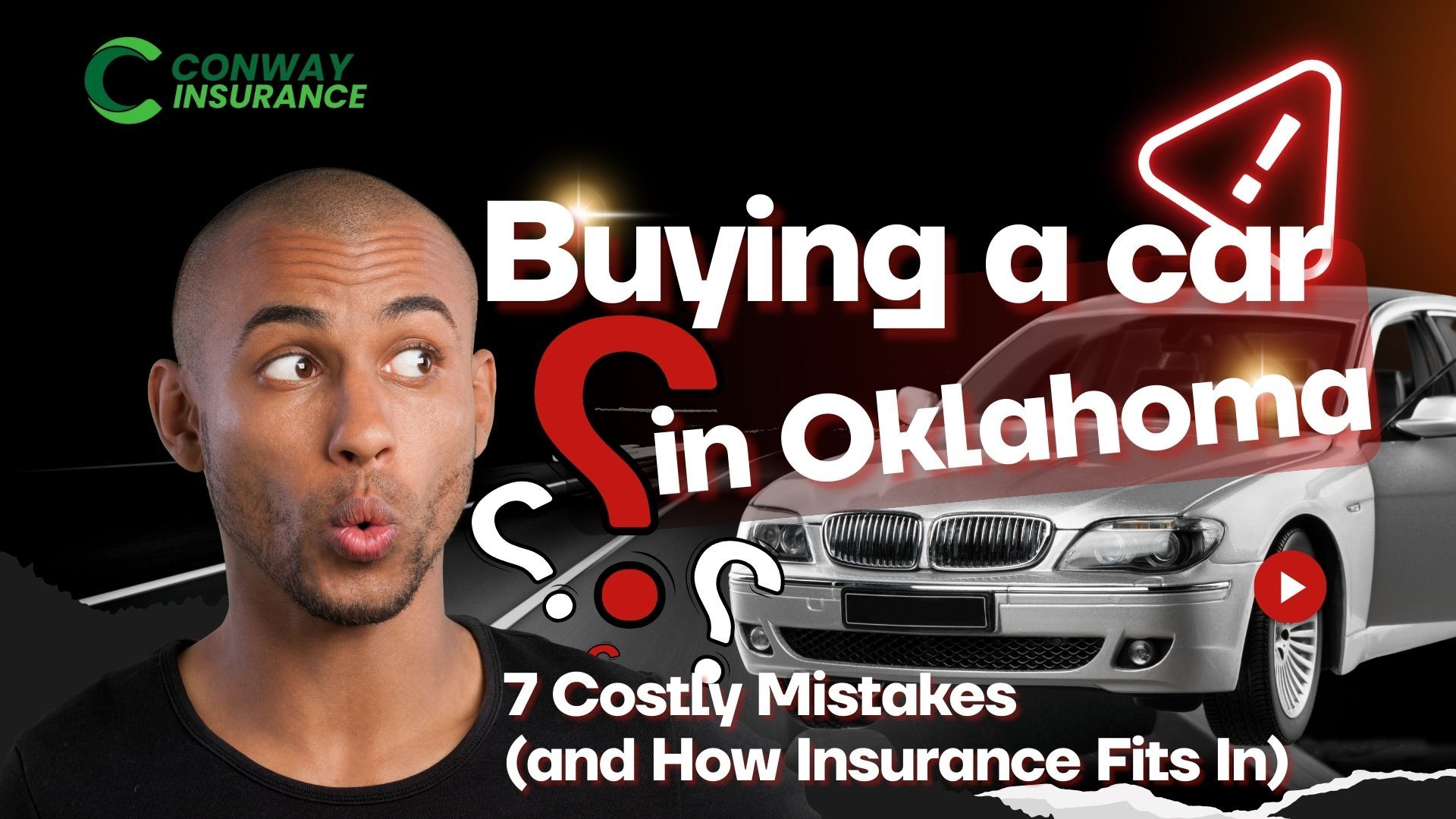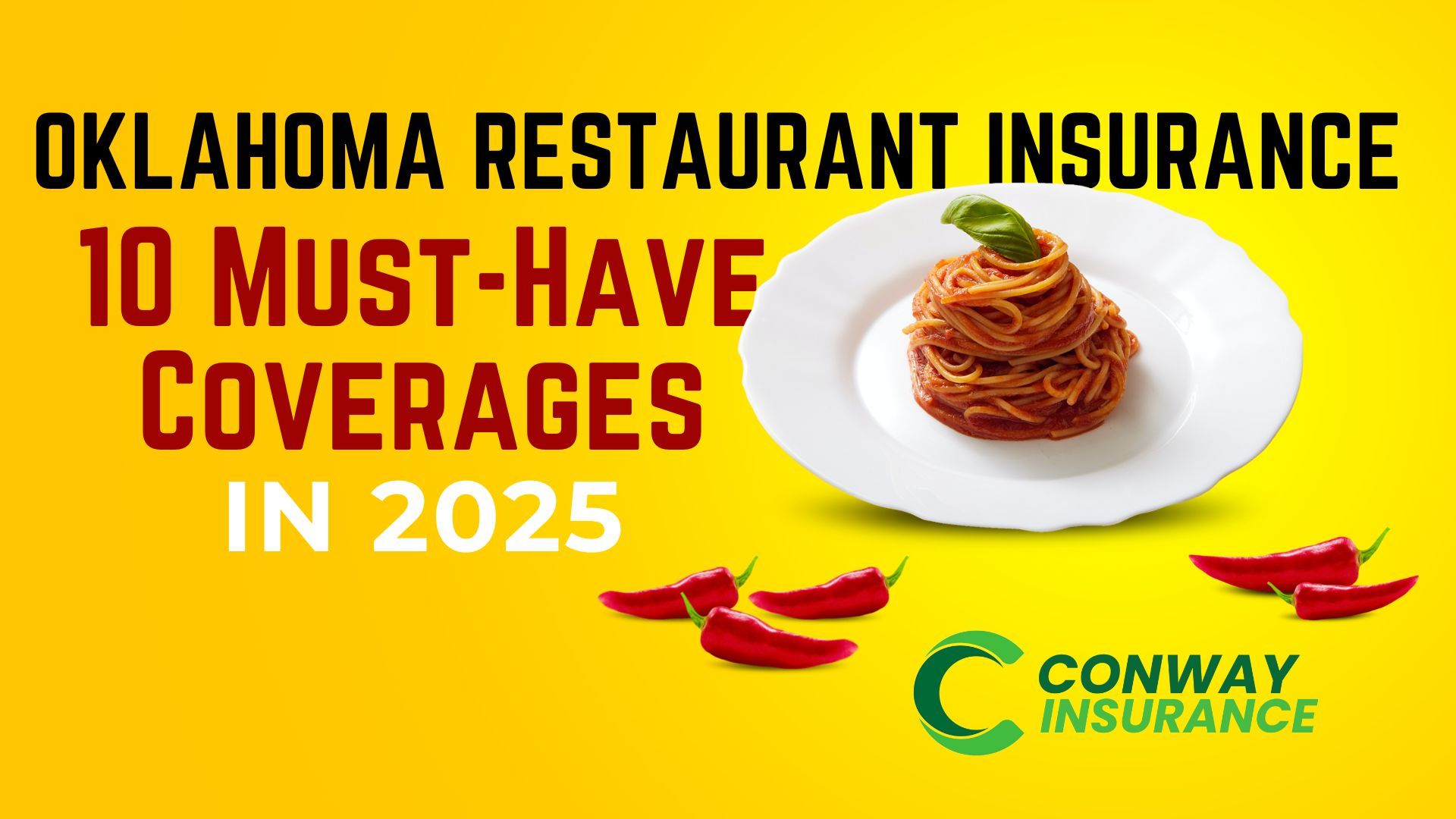The Future of Insurance: Trends and Predictions
The Future of Insurance: Trends and Predictions

The insurance industry, once known for its conservative nature, is undergoing a huge transformation. A rapid pace of change is being driven by technological advancements, changing customer expectations, and new regulations. What are some of the top trends and predictions affecting insurance in 2024, including AI-powered underwriting and personalized customer experiences.
1. Artificial intelligence (AI) : Improving claims and underwriting
Automation and artificial intelligence are at the heart of making insurance processes more efficient and effective.
Underwriting with Artificial Intelligence
Analysis of Data: AI is used to analyze data and predict risks, allowing insurers to offer fair rates to their customers and minimize their own losses.
Risk assessments are based on social media activity, purchasing trends, and other data.
Automation of claims
The use of artificial intelligence can assist claims in two areas. One increases trust and reduces costs in the detection and reduction of fraudulent claims. The other area is managing settlements where handling claims quickly increases customer satisfaction.
2. Internet of Things and telematics: Personalized policies and risk management
Personalized insurance products are now possible thanks to telematics and IoT technologies.
With the use of telematics devices installed in vehicles or an application on your smart phones, carriers can monitor driving behaviors, allowing insurers to provide pricing based on actual usage rather than generalized demographics. Premiums can be adjusted in real time based on driving data, encouraging safer driving habits.
The use IoT to insure your home and health. Insurers can create customized policies that reward proactive management of smart thermostats and security cameras.
Tracking health metrics through wearable devices helps insurers offer personalized wellness programs that reduce claims and improve health.
3. Improving the customer experience: Personalization and digital transformation
Carriers are transforming insurers' relationship with customers by engaging insureds across all channels by allowing customers to have seamless interactions online, through mobile apps, or in person. Carriers are also leveraging AI-powered chatbots to handle routine inquiries and provide instant assistance, allowing human agents to focus on more complex problems.
By analyzing data carriers are able to gain insights into customer preferences and behaviors by and offer personalized coverage along with personalized communications in targeted emails, texts, and other notifications to aide in engaging customers and build loyalty.
4. Changes in Regulations: Navigating Compliance
Insurers must navigate and adapt to the ever-changing landscape of technology and complex regulatory demands for the benefit of insureds in the protection of their data and privacy. From being in compliance with data privacy regulations like GDPR is essential, as it safeguards customer information in the era of sophisticated data collection to cybersecurity Measures to protect customer data and maintain trust, robust cybersecurity protocols are essential.
Carries use of Regulation Technology (RegTech) tools helps insurers streamline compliance processes, reduce administrative burdens, and minimize noncompliance risks. Carriers must also adapt not just adapt but stay ahead of new norms and regulatory changes in order to continue to grow and innovate.
5. Sustainability and ESG: Alignment with global goals
The sustainability of insurance strategies is becoming more integrated with environmental, social, and governance (ESG) considerations. Insurers are developing policies that promote eco-friendly behaviors and renewable energy (green products).: Insurance companies use climate risks in their underwriting processes to ensure they are resilient to environmental risks. Becoming more Social Responsibility by engaging in social and environmental issues to enhance their reputations. Finally building trust with stakeholders by ensuring transparency.
The future of insurance offers many opportunities for innovation. The insurance industry must adapt to global regulatory changes and align with sustainability goals to remain competitive. This includes integrating AI, IoT, and digital transformation into its business strategies. Insurance companies can enhance operational efficiency and foster customer relationships by embracing these trends in an age of rapid change.
Please note that the information provided in this article is intended for general informational purposes only and may not apply to your specific situation. Insurance laws and regulations can vary significantly from state to state, and it’s crucial to understand the specific requirements and coverages that apply to your location. We strongly recommend consulting with a licensed insurance agent in your state to discuss your unique needs and ensure you have the appropriate coverage for your circumstances.
Recent posts


